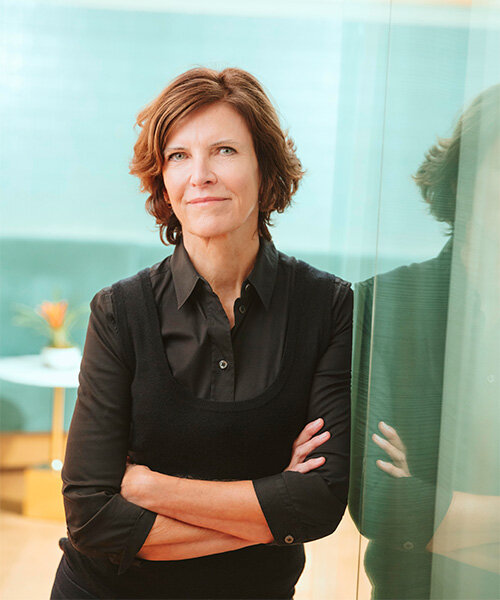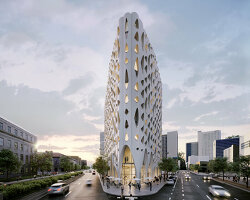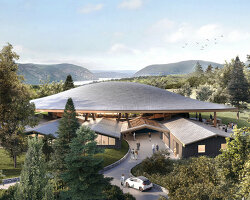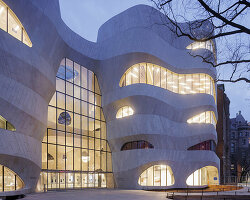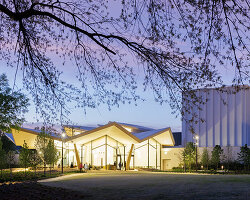Jeanne Gang AT IN FOCUS: RADICAL REPAIR AT TRIENNALE MILANO
On September 28, 2023, the Triennale di Milano hosted In Focus: Radical Repair, where distinguished designers delved into the pivotal role of architecture in combatting the climate crisis and fostering innovative repair methods. The public event, organized by The World Around and the Fondation Cartier pour l’art contemporain, showcased an impressive roster of creatives, including Yasmeen Lari, Joseph Grima, Jeanne Gang, Junya Ishigami, Lu Wenyu, Paul Elvis Tangem, Aziba Ekio and Freddy Mamani. In continuation of our series of interviews with Freddy Mamani and Junya Ishigami, we now shift our focus to Jeanne Gang, who explores the concept of Reversing Obsolescence and emphasizes the significance of reimagining and expanding existing structures as a means to mitigate the carbon footprint.
American architect Jeanne Gang is the founder and leader of architecture and urban design practice Studio Gang. With offices in New York, Chicago, San Francisco, and Paris, the firm is known for its dedication to material research, sustainability, and a penchant for innovative experimentation. Jeanne Gang garnered international acclaim for her work on the Aqua Tower, which held the distinction of being the world’s tallest building designed by a woman upon its completion. Over time, both the architect and her firm have gained widespread recognition for their ability to rejuvenate existing structures and create new projects across a diverse range of scales and locations. Among their celebrated projects are the 40-story MIRA Tower in San Francisco, the transformation of the Arkansas Museum of Fine Arts, the design of the carbon-neutral Assemble Chicago city, and the sculptural Richard Gilder Center for Science, Education, and Innovation in New York.
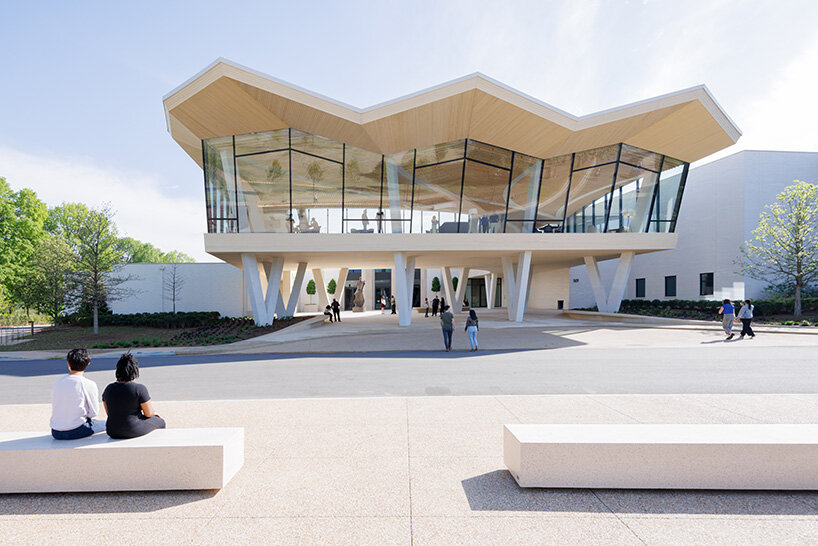
Arkansas Museum of Fine Arts (see designboom’s coverage here) | image by Iwan Baan
interview with jeanne gang
designboom (DB): The concept of Radical Repair not only means repairing the environment but also of social, ecological, and political fabrics. How do you see architecture’s role in this broader spectrum of repair?
Jeanne Gang (JG): Repairing the environment is not something we can do in isolation from the communities it affects. We found that when engaging communities, it’s the process itself that can help bring people together. By encouraging people to share their opinions and needs, they are helping to shape the world that they want to live in. It’s not about ‘architecture’s role,’ but rather the architects themselves, whose role could include engaging diverse voices when thinking about repair more broadly.
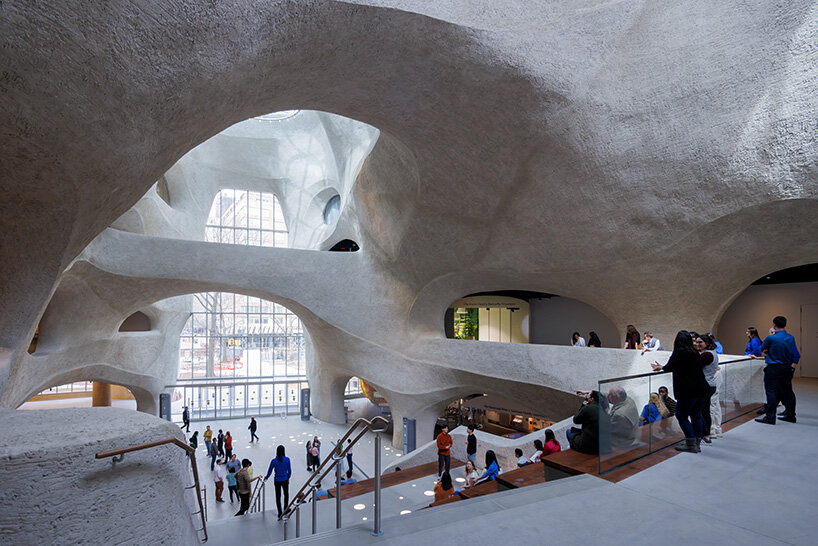
Gilder Center interior (see designboom’s previous coverage here) | image by Iwan Baan
DB: In the context of In Focus: Radical Repair, how do you strike the balance between preserving architectural heritage and implementing new, sustainable, and adaptable solutions?
JG: Not every building can or should be preserved in its entirety, but they each represent carbon that has already been released. Taking them down would mean expending more carbon to replace them. For this reason, we must use as much as we can of what’s already there going forward. Sometimes that might be a heritage building, but sometimes it might be just an anonymous or outdated building; even those can be reused and reinvented. I think that’s the exciting part about it.
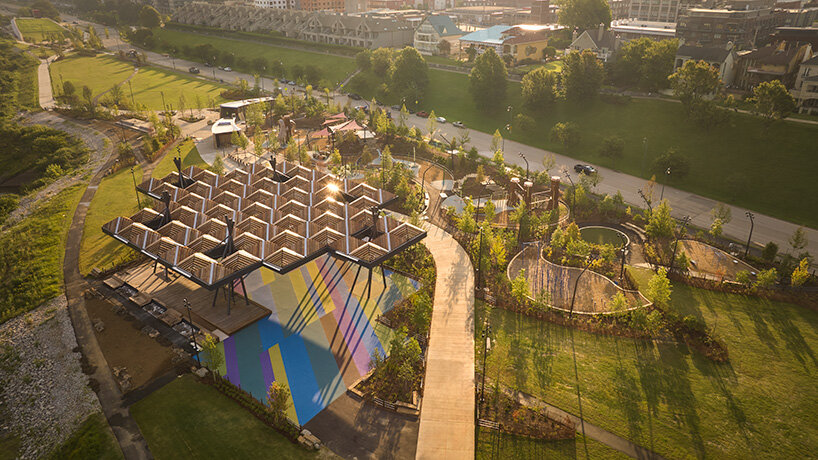
Tom Lee Park (see designboom’s previous coverage here) | image by Tom Harris
DB: Could you elaborate on the concept of ‘reverse obsolescence’? How can it be applied to generate long-term values and results?
JG: The word ‘obsolescence’, at least in the U.S., has to do with the way buildings are depreciated, not because they get worn out, but because they are superseded by newer and more modern ones. Just a week after a building is complete, a newer building will outcompete it. The idea is that obsolescence is a construct that doesn’t have anything to do with the building being worn out. It’s important to reverse this idea. Of course, we should update buildings with new technology and new systems when necessary. But buildings should last longer than 10 years. Tearing them down is just not sustainable.
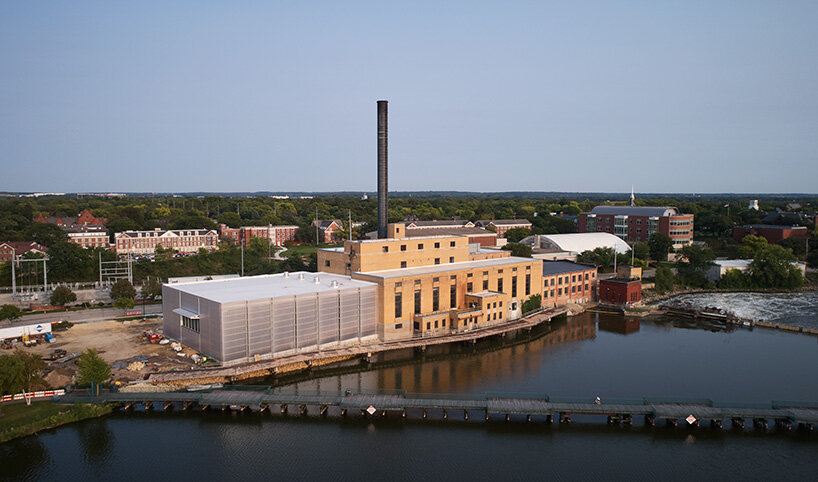
Beloit Powerhouse – aerial view from the river (see designboom’s coverage here) | image by Tom Harris courtesy of Studio Gang
DB: Considering the pressing environmental challenges we face today, how do you see the role of architects in shaping sustainable and resilient communities?
JG: We have to shift our idea of what architecture is. It will no longer be that architects just design buildings – though great architecture is always important. To help shape more sustainable and resilient communities, we will need to understand and leverage things that are already there (such as existing buildings, landscapes, and infrastructure) and make them do more. Something that might be considered obsolete or outdated could be modified to fit what is needed. Architects will need to be involved earlier in the process, be collaborative, and listen to the needs of the community. It’s a different way of working from how architects are traditionally taught to work, where you’re alone in your studio or drawing on a computer, disconnected from the people who will use or inhabit your designs. What’s important is to get out and connect with communities, ask questions, collaborate with others, and only after that, make the great responsive architecture.
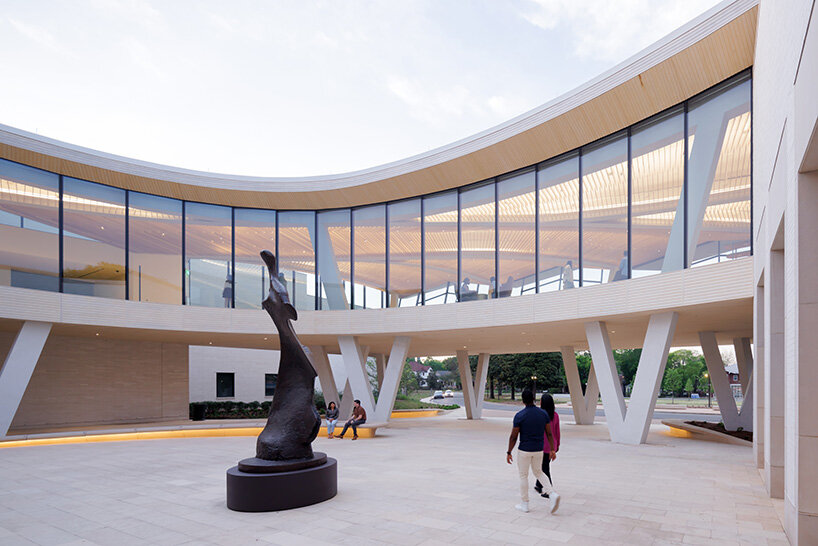
Arkansas Museum of Fine Arts (see designboom’s coverage here) | image by Iwan Baan
DB: How can we foster the relationship between architecture and people?
JG: To foster stronger relationships between architecture and people, you have to let people into the process. They’re going to have opinions and things to say. It doesn’t mean they’re taking your hand and drawing the design; they still rely on us architects to have ideas. However, those ideas should be based on the hopes, dreams, and needs of the community. To be successful in realizing them, you have to have a process in place. It’s best to figure that out with your client, whether it’s a city, developer, or a museum. There won’t just be one meeting with the community but many. That’s what we’ve been doing on our projects, like the recently opened Tom Lee Park in Memphis. There was a lot of collaboration with community members and students, and people got excited about it. They felt like they were part of the process, and so they embraced it more.
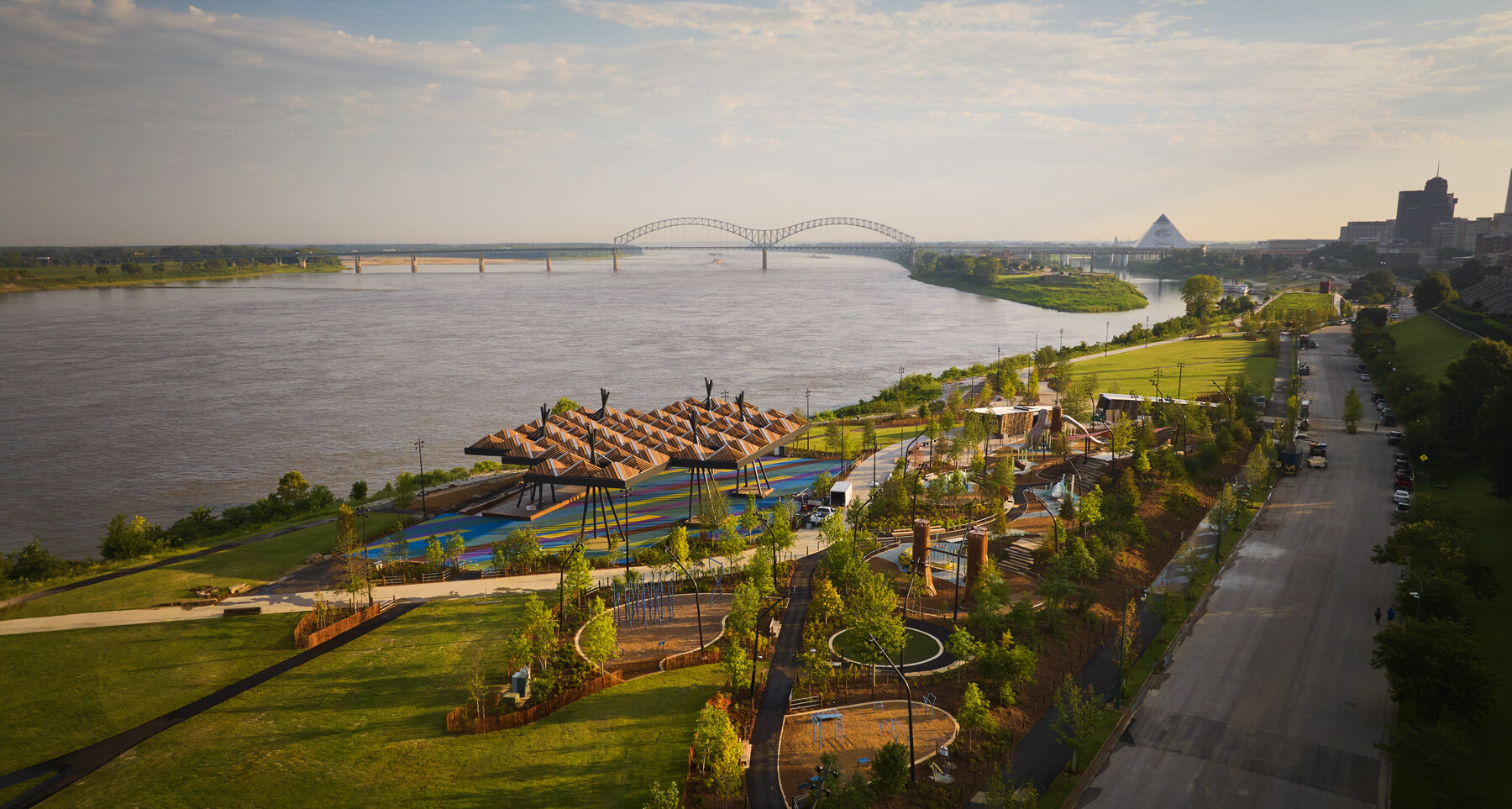
Tom Lee Park | image by Tom Harris
DB: Drawing from your personal experiences, what are the key challenges and opportunities that can emerge with working on existing buildings, compared to constructing a new one from scratch?
JG: When working on existing buildings, there are technical aspects to consider. You might discover in the middle of the project that there’s asbestos or something else unexpected underground, for example. You have to be ready for that and willing to adjust your strategy accordingly. Apart from the technical side, there’s also the creative aspect: how are the new parts that you’re adding in dialogue with the old parts? The new can’t completely be divorced from the original. There needs to be a relationship between them, so that they can be read both individually and together. The main point is to understand that adapting an existing building is not the last time it will change. It is part of a continuous cycle that we need to consider and anticipate when designing.
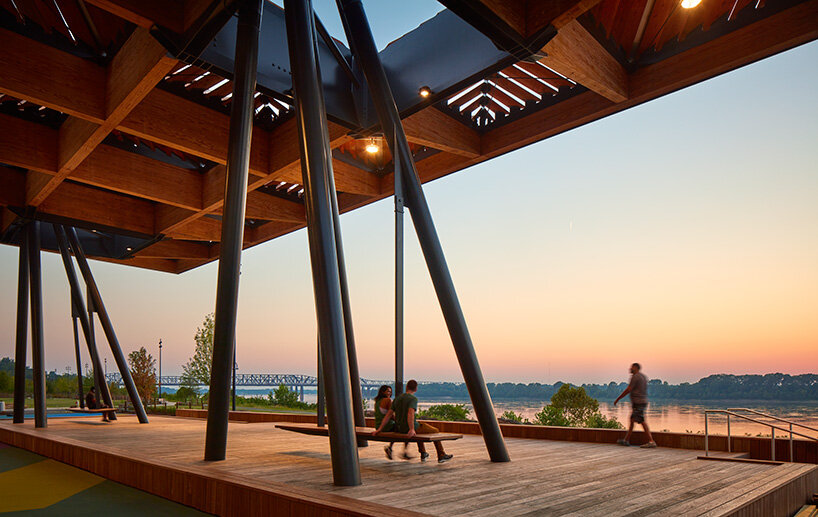
Tom Lee Park canopy dusk | image by Tom Harris
DB: Is it challenging to source new materials to repair architectural heritage?
JG: So far, this hasn’t been a roadblock for us. Many of our reuse projects involve former industrial buildings, which we’ve transformed into entirely different spaces, such as a school, recreation area, or health center. This is what we did for the Beloit College Powerhouse, a former power plant in Wisconsin that became a student union centered on recreation and wellness. These buildings are often not heritage-listed, and sometimes they tend to be more anonymous structures. Of course, when we’re working with a heritage-listed building, we work closely to understand the original logic and materiality while imagining how it can meet the needs of today and tomorrow.
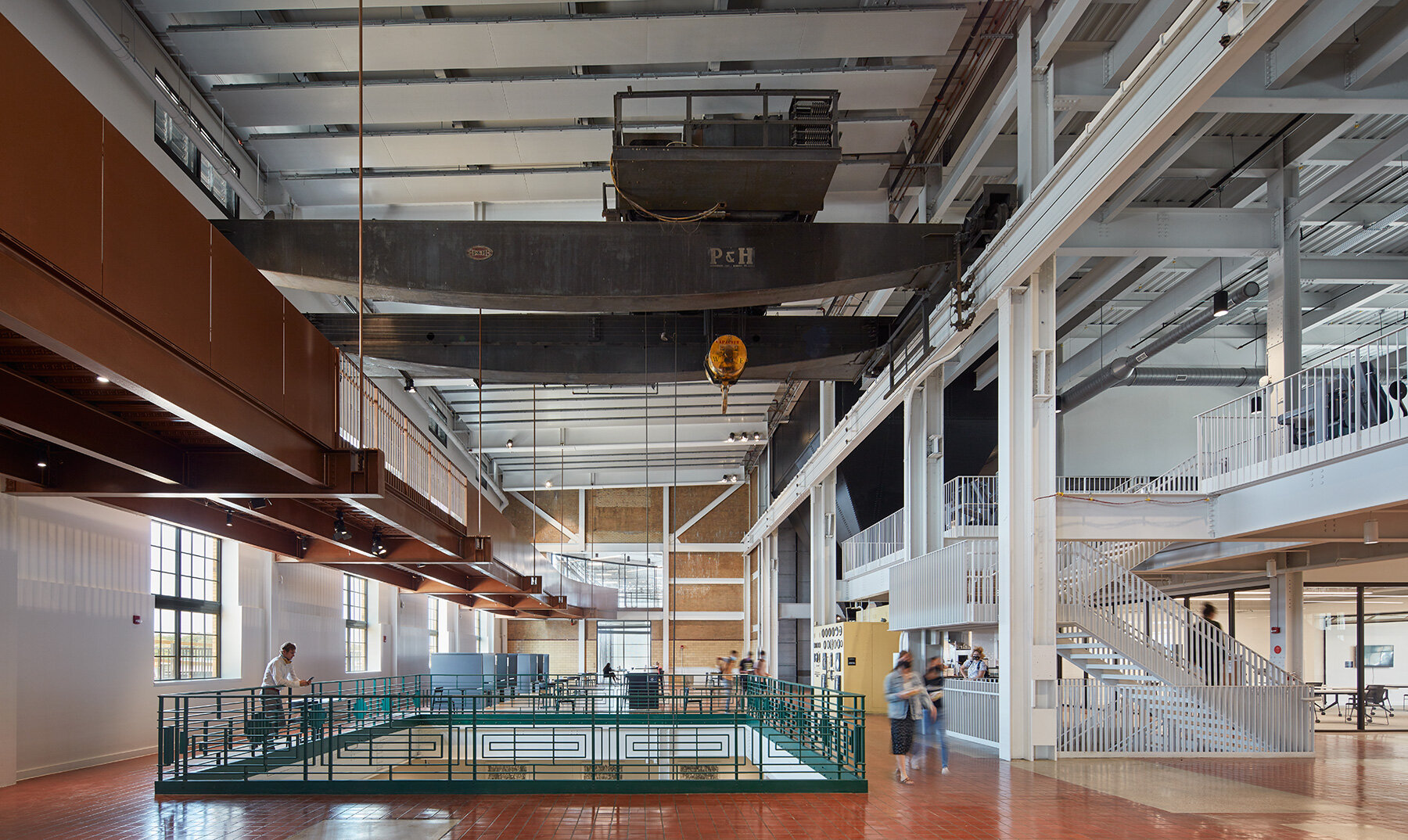
Beloit Powerhouse Turbine Hall | image by Tom Harris courtesy Studio Gang
DB: Do you have any advice for emerging architects who want to explore Reverse Obsolescence or who want to employ sustainable approaches in their work?
JG: What I’ve noticed is that sometimes students want to create something new, but they don’t spend enough time examining the existing structure first. It is a crucial step to sketch and really look at the older building. You need to develop a deep appreciation for it if you want to create a new structure that complements it. Caring for the old building should come through in every drawing and every aspect of your work. It’s about maintaining that curiosity and regard for the existing structure; in other words, it’s about starting with what’s there and finding what there is to love about the original building. For every size project, even on the urban scale, this approach will serve you well.
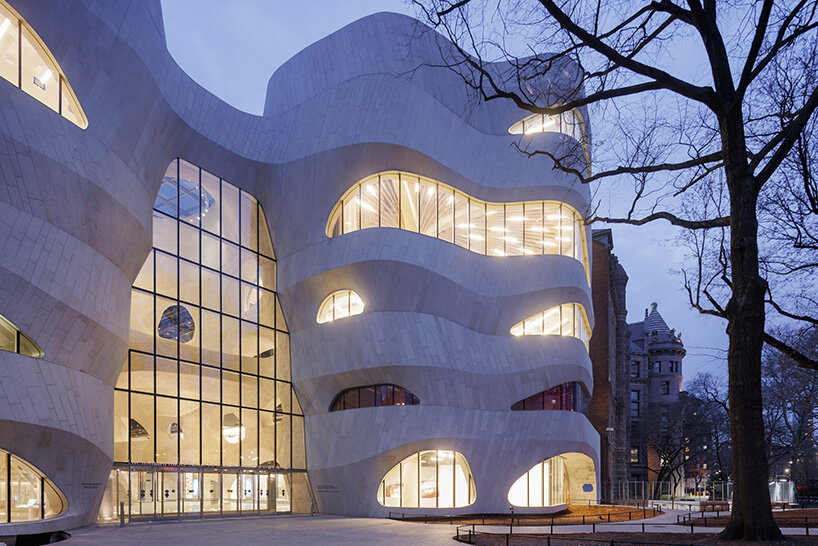
Gilder Center facade at night (see designboom’s previous coverage here) | image by Iwan Baan
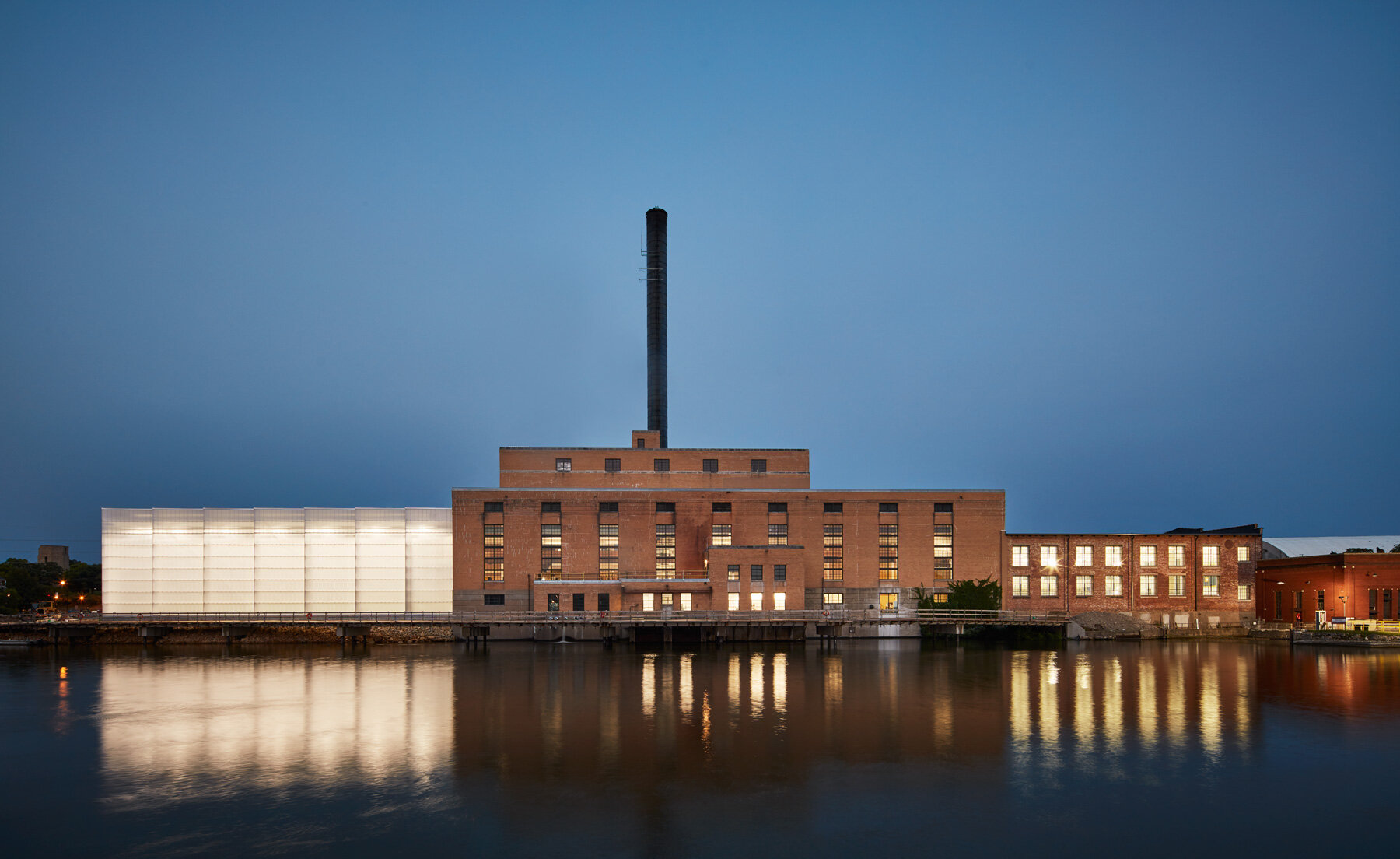
Beloit Powerhouse dusk view from river | image by Tom Harris courtesy Studio Gang
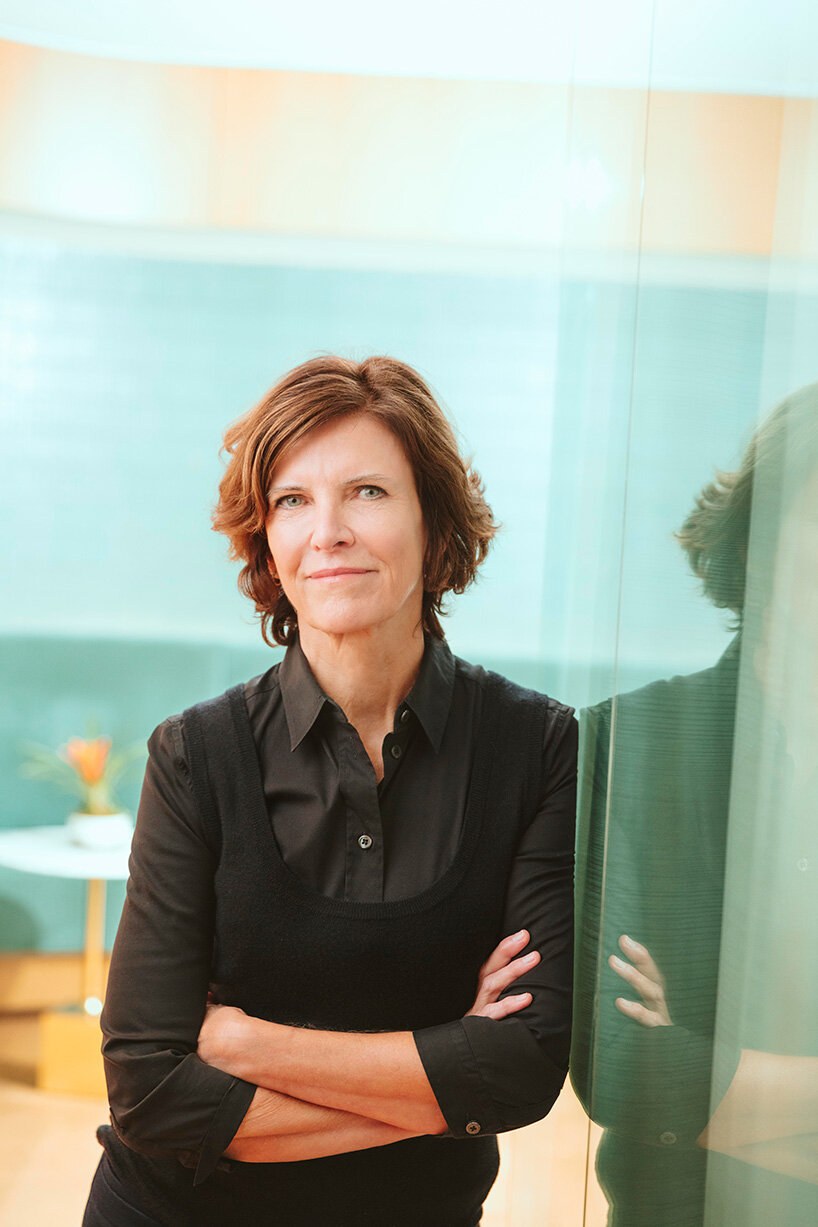
Jeanne Gang | image by Marc Olivier Le Blanc
project info:
architect: Jeanne Gang, founder and leader of Studio Gang | @studiogang
event name: In Focus: Radical Repair
event location: Triennale di Milano, Milan, Italy | @triennalemilano
event date: 28 September 2023
architecture interviews (267)
jeanne gang / studio gang architects (65)
PRODUCT LIBRARY
a diverse digital database that acts as a valuable guide in gaining insight and information about a product directly from the manufacturer, and serves as a rich reference point in developing a project or scheme.
